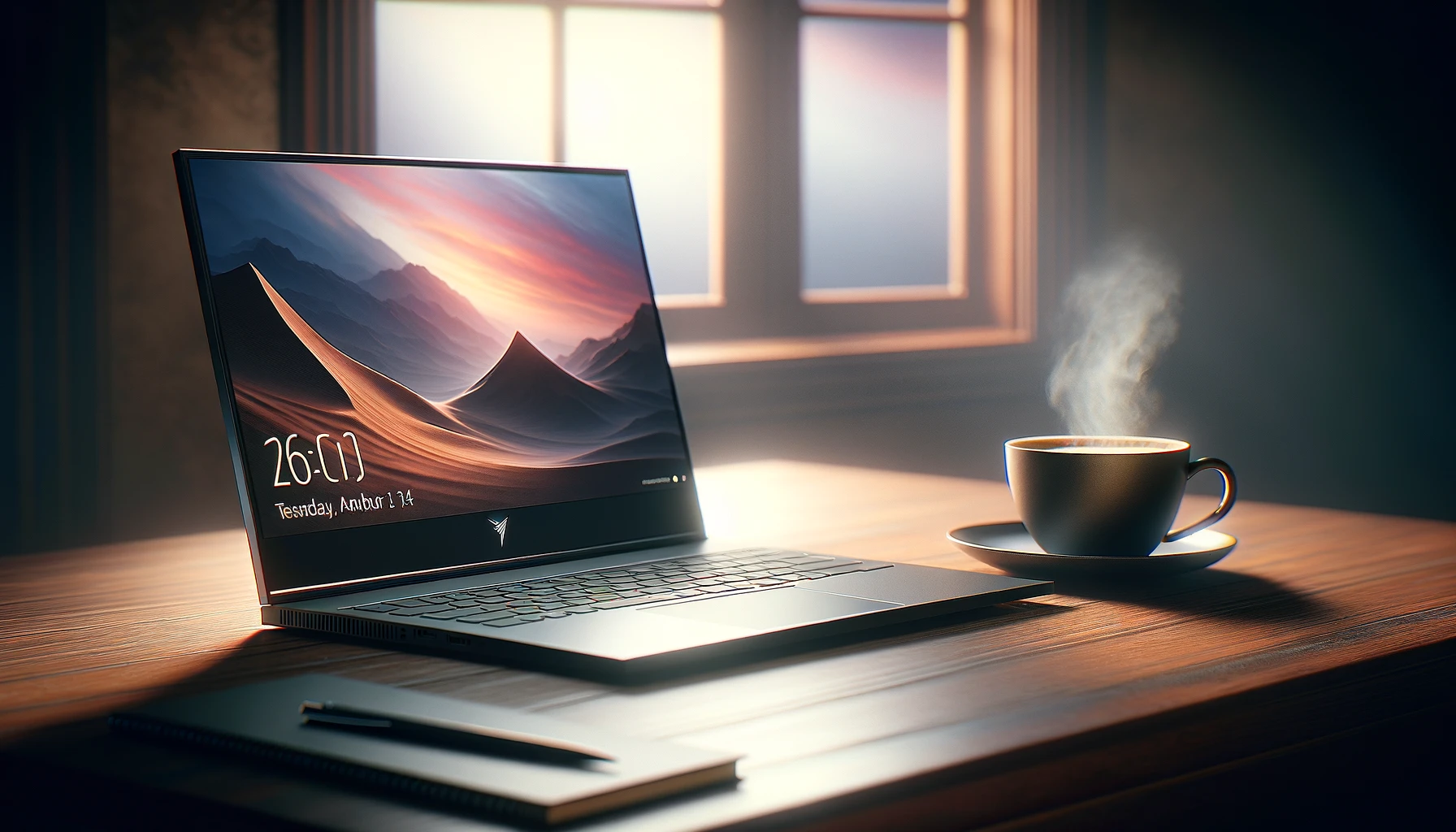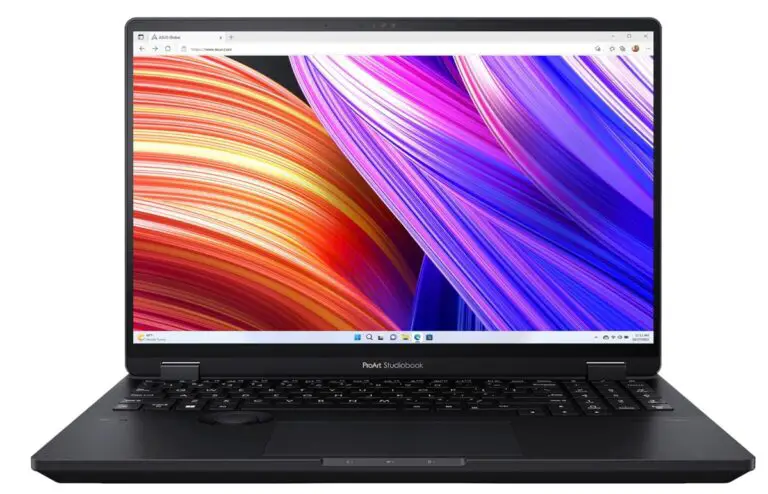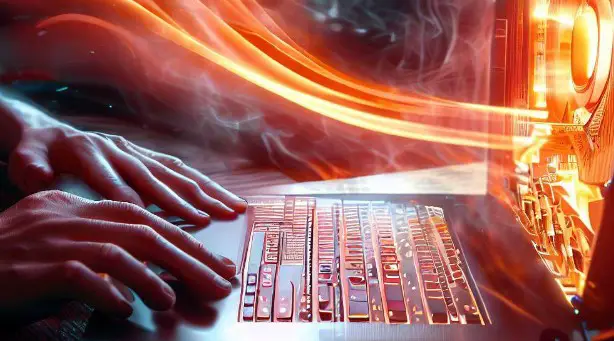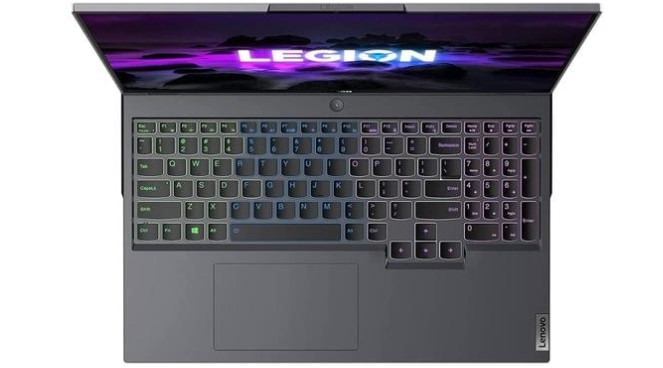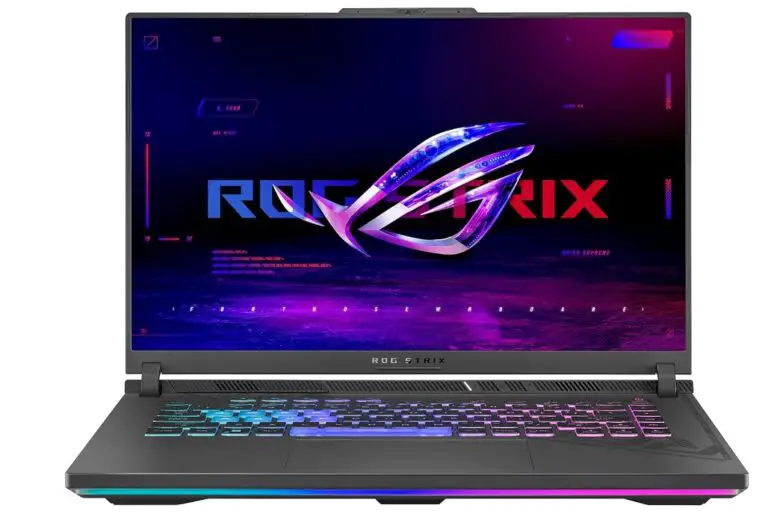5 Tips for Thin and Light Gaming Laptops
When shopping for a thin and light gaming laptop, consider your portability needs first, weighing factors like weight, thickness, and battery life. Next, assess your gaming performance requirements, balancing CPU and GPU power with your budget. Don’t forget to evaluate display options, prioritizing refresh rate, resolution, and HDR support. Proper cooling systems and battery life are also vital, so look for laptops with advanced cooling solutions and power-saving features. Finally, set a budget and prioritize your needs, considering options like RTX 3050 Ti or RTX 4070 laptops for powerful specs and gaming ultrabooks for portability.
TL;DR
- Consider a laptop with a weight under 4 pounds and a thickness of less than 1 inch for optimal portability.
- Look for advanced cooling solutions like vapor chamber cooling technology to manage heat and prevent overheating.
- Prioritize a high-quality display with a high refresh rate (at least 144Hz) and support for ray tracing for an immersive gaming experience.
- Balance CPU and GPU performance to ensure smooth gaming, and consider a fast storage drive like an SSD for improved loading times.
- Adjust settings like screen brightness and GPU performance to extend battery life, aiming for at least 6 hours of battery life.
Consider Portability Needs
When it comes to gaming laptops, portability is a fundamental consideration – after all, you’ll likely be lugging it to LAN parties, gaming sessions, or college classes. As a gamer, you want a laptop that’s easy to carry around without sacrificing performance.
Thin and light gaming laptops are designed to meet this need, offering a balance between portability and power. With advanced cooling solutions, such as vapor chamber cooling technology, these laptops can manage heat and prevent overheating, ensuring smooth gameplay on-the-go.
Additionally, many thin and light gaming laptops feature high-quality displays with advanced technologies like mini LED and OLED screens, providing an immersive gaming experience.
To find the right laptop, consider your portability needs. If you’re always on the go, look for laptops with a weight of under 4 pounds and a thickness of less than 1 inch. Battery life is also essential, so opt for laptops with at least 6 hours of battery life.
Nvidia GeForce RTX, Intel Core, and AMD Ryzen are popular choices for gaming laptops, offering a great balance between performance and power efficiency.
If you want a truly portable gaming experience, consider a gaming ultrabook that combines the power of a gaming laptop with the portability of a ultrabook. By prioritizing portability, you can enjoy portable gaming without sacrificing performance.
Assess Gaming Performance Requirements
To guarantee a seamless gaming experience, consider the following key components:
- CPU and GPU: A powerful CPU like the Intel Core i9-13900H and a dedicated GPU like the Nvidia RTX 4060 will provide the necessary processing power for demanding games. For Football Manager, a laptop with at least an Intel Core i5-2500K CPU with 8GB of RAM or higher is recommended. ASUS TUF Gaming F15 is a powerful gaming machine built to provide an immersive experience.
- Refresh Rate and Ray Tracing: Look for a laptop with a high refresh rate (at least 144Hz) and support for ray tracing, which will augment your gaming experience with high frame rates and realistic graphics. Acer Aspire 5 A515-56 has a stunning 15.6″ Full HD IPS display with narrow bezels, which is perfect for an immersive gaming experience.
- Integrated Graphics: While not crucial, integrated graphics can help with less demanding tasks, freeing up the dedicated GPU for more intense gaming sessions. Lenovo Legion 5 Pro has a 16″ LCD Anti-glare display with 165Hz refresh rate and 2560 x 1600 WQXGA resolution, which is great for gaming.
When evaluating gaming laptops, prioritize a balance between CPU and GPU performance.
Thin and lightweight laptops can still deliver impressive gaming performance, but be mindful of the cooling system to prevent overheating.
Aim for a laptop with a fast storage drive, such as an SSD, to improve loading times and overall performance.
Cooling Systems and Battery Life
Thin and light gaming laptops’ sleek designs often belie the complex cooling systems that keep them running smoothly. To prevent overheating, which can lead to throttling and decreased performance, proper ventilation is vital.
Look for laptops with dual-fan cooling systems, such as the Razer Blade 14’s vapor chamber cooling system, which improve airflow and reduce temperatures. Regular cleaning of the laptop’s fans and vents is also indispensable to prevent dust buildup and blockage, as poor ventilation is the most common cause of overheating.
Adjusting settings like screen brightness, keyboard backlighting, and GPU performance can also help extend battery life, which can be short in thin and light gaming laptops, ranging from 2-4 hours when running demanding games. Utilize power-saving features like Nvidia’s Optimus technology to further conserve battery life.
Some laptops, such as the MSI Stealth GS66 12UGS, have more efficient cooling systems that allow for longer battery life, with up to 8 hours of web browsing and video playback. By understanding the cooling systems and battery life of thin and light gaming laptops, you can make informed decisions to optimize performance and extend battery life.
Evaluate Display Options Carefully
With a solid understanding of the cooling systems and battery life that power thin and light gaming laptops, it’s time to turn your attention to the display.
Evaluating display options carefully is vital for peak gaming performance. When selecting a laptop, consider the following key factors:
- Refresh Rate: A higher refresh rate, such as 144Hz or higher, guarantees smooth gaming performance and reduces screen tearing.
- HDR and Resolution: Look for laptops with HDR support (e.g., HDR10 or Dolby Vision) and higher resolutions (QHD or 4K) for improved color accuracy and a more immersive experience.
- Brightness and Syncing: Check the display’s brightness (at least 300 nits) and consider laptops with anti-glare or matte finishes. Additionally, features like G-Sync or FreeSync can reduce screen tearing and improve overall gaming performance.
When evaluating display options, prioritize your needs: if you want the best gaming performance, a higher refresh rate and HDR support may be vital. However, if you plan to use your laptop outdoors, prioritize brightness and anti-glare features.
Budgeting and Pricing Considerations
In respect of buying a thin and light gaming laptop, one thing is certain: you’ll need to set a budget. The cost of these laptops can range from under $1000 for a basic model to over $2000 for a high-end device with advanced features and powerful specs.
When considering your budget, prioritize the key features that matter most, such as the GPU, CPU, and display, as these will have the most significant impact on gaming performance.
If you’re looking for budget gaming options, consider laptops like the Acer Nitro 16 or Lenovo Legion Slim 5 14, which offer good enough performance for demanding games at an affordable price. Mid-range options like the Razer Blade Stealth 13 and Asus ROG Flow X13 offer more advanced features and better performance, but at a higher price point.
For the best gaming laptops with top-of-the-line specs, be prepared to spend over $1500 on models like the Razer Blade 15 Advanced or Asus ROG Zephyrus G. When shopping, consider the RTX 3050 Ti or RTX 4070 laptop options for powerful specs, and look for gaming ultrabooks that balance performance and portability.
Frequently Asked Questions
Is a Thin and Light Laptop Good for Gaming?
You’ll find that a thin and light laptop can be great for gaming if you prioritize thermal management, battery life, and portability benefits, but consider display quality, keyboard comfort, and cooling systems to guarantee peak gaming performance.
How Do I Optimize My Low End Laptop for Gaming?
To optimize your low-end laptop for gaming, start by checking if you can upgrade your RAM, considering a graphics card if possible. You’re likely able to update drivers and disable unnecessary programs, but consider processor overclocking carefully.
What Should I Put Under My Gaming Laptop?
When using your gaming laptop, place it on a ventilated laptop stand, wooden lapdesk, or flat silicone pad to improve airflow. You can also opt for a desktop converter, magnetic raiser, or a passive cooler with copper heatpipes.
Why Are Gaming Laptops so Bulky?
You’re wondering why gaming laptops are so bulky? It’s because they pack heavy components, generate heat, and require robust cooling systems, all of which affect weight distribution, material choices, and ergonomic considerations, often leading to aesthetic tradeoffs.
Conclusion
You’ve got the lowdown on what to look for in a thin and light gaming laptop. By considering your portability needs, evaluating your gaming performance requirements, evaluating cooling systems and battery life, and carefully choosing your display options, you’ll be well on your way to finding the perfect laptop for your gaming needs. Don’t forget to set a budget and stick to it – with a little research, you can find a great gaming laptop that won’t weigh you down.

